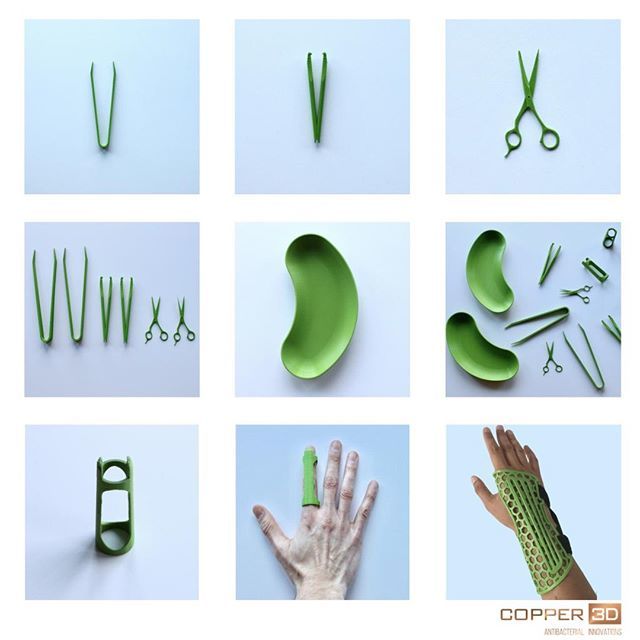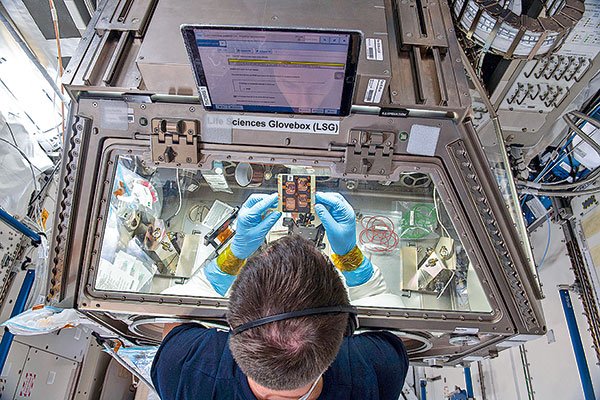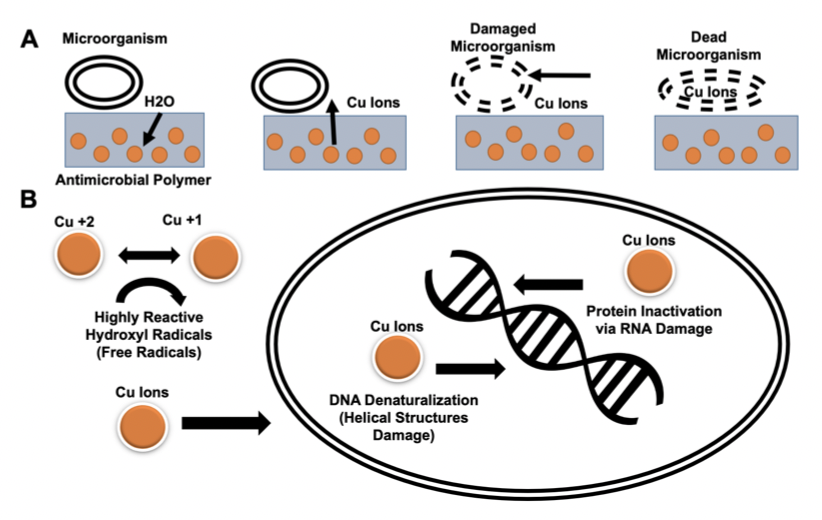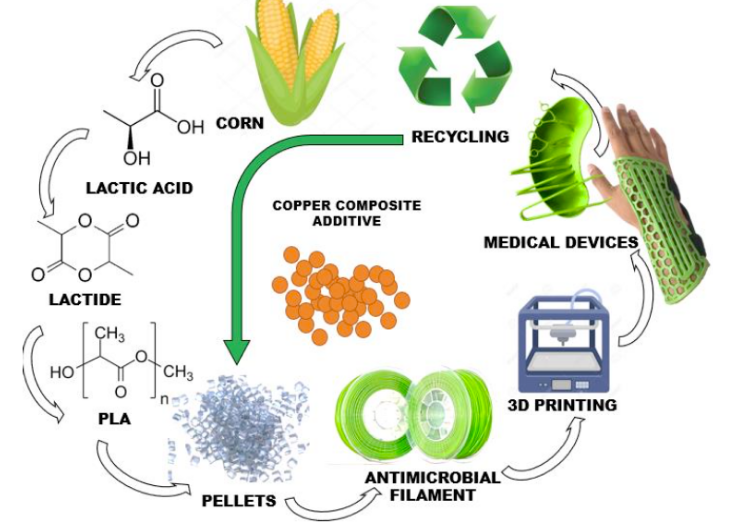NASA has awarded $1.13 million to researchers from the University of Nebraska Omaha (UNO) and Chilean nanotechnology company Copper3D to develop and test two new recyclable and antimicrobial materials for in-space manufacturing. Fully funded by NASA’s Established Program to Stimulate Competitive Research (EPSCoR), the collaboration will help explore novel ways to keep astronauts safe from microbial and parasitic contamination during space missions, which tend to increase notably in microgravity and confined spaces.
Through this grant funding, two new antimicrobial materials will be developed by Copper3D, then manufactured and tested for safety on Earth in a replica of the Additive Manufacturing Facility (AMF), a commercial manufacturing platform that operates within the International Space Station (ISS) in low Earth orbit (LEO). Once the safety of the material has been validated, the team will prepare the materials for launch, operation, testing, and return-to-Earth activities.
Researchers from UNO’s Department of Biomechanics will work with NASA and 3D printer manufacturer Made in Space (now a subsidiary of space company Redwire and creator of the AMF in-space 3D printer) to create the printed representations of the final in-space devices or test coupons and conduct post-testing of the antimicrobial effectiveness on Earth.
As one of the researchers collaborating in this project, UNO’s professor of 3D printed prosthetic and orthotic devices, Jorge Zuniga, described the importance of having new materials tools, medical devices, and other objects with antimicrobial properties in space missions. In addition, the co-director of the Biomechanics Rehabilitation and Manufacturing Initiative (BRMI) at UNO said that the most demanding challenges include finding solutions to help long-term space mission crews that suffer from an “immune system dysregulation,” which means a body can’t control immune responses.
Most importantly, Zuniga said they have been seeking solutions to bacteria and viruses that tend to become more resistant to microgravity, which, added to the previous factor, makes space missions of more than six months in orbit very risky.

Examples of Antimicrobial Medical Devices 3D printed with Copper3D materials. Image courtesy of Copper3D.
However, an additional logistical factor has to be factored into the research, according to Zuniga. Considering the limited space available on the ISS and other future space exploration stations, crewed missions demand logistical support systems that are increasingly autonomous and decentralized, so they don’t need to use up precious cargo room for supplies and materials. One of the best solutions that have come up in recent years for this problem is 3D printing technology. Ideally, astronauts could manufacture their own spare parts and medical devices completely on-demand during long space missions.
However, as space agencies and private companies prepare the space technology that will supply in-space, on-demand manufacturing devices that will be sustainable enough for space exploration, Copper3D has already begun incorporating a few concepts of circularity into their research. The idea is to use the same material several times for different applications. Thereby, the material would have to be subjected to several recycling and re-manufacturing processes without losing its antimicrobial properties. In turn, this would save weight, time, resupply missions, and other logistical and medical complications that would make future space missions much more feasible and safer.
The partnership between UNO and Copper3D has a history of collaborations with NASA, which began in 2018 with funding to test Copper3D’s flagship antibacterial 3D printing filament in microgravity. The PLA used at the time is called PLACTIVE and integrates a patented additive based on copper nanoparticles that can remove viruses and bacteria. Then in 2019, funding from the NASA Nebraska Space Grant office was awarded to evaluate the feasibility of 3D printing a set of medical devices for astronauts under zero-gravity conditions.
A pioneer and global leader in antimicrobial materials and applications for the 3D printing industry, Copper3D seeks to solve unique problems in extreme environments, including space exploration bases. Regarding the expectations of this study and the future of the technology, Copper3D Co-Founder and Director of Innovation Daniel Martínez said the startup’s antimicrobial 3D printing technology has quickly found multiple areas of impact since it was created in 2017. He also suggested that the ongoing collaboration with UNO and NASA encourages his team to continue developing new materials and antimicrobial applications “for the big future challenges that we will have face in the fight against viruses and bacteria.”
“We sincerely believe that our technology can prevent infections and save lives on a global scale, and we are about to prove that on an interplanetary scale as well,” revealed Martínez.




Recent Comments